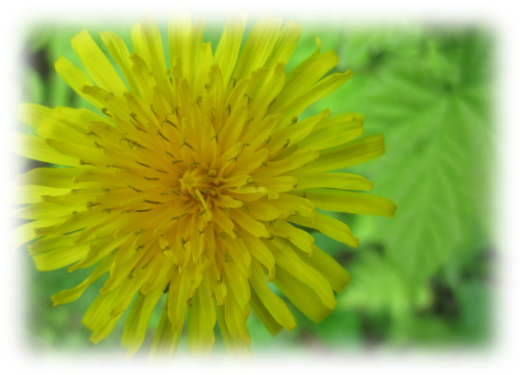Region
Thompson Shuswap
HOW TO IDENTIFY?
- YOU KNOW what they look like
HOW DO THEY GROW?
- Long, deep taproots.
- Spread by SEED.
- Prefer sun and infertile, compact soil.
ARE THEY A PROBLEM?
YES
- Compete with other plants for space and moisture.
- Seeds blow into other areas including neighbours’ yards.
- A WILDFLOWER garden is a BETTER source of pollen for bees.
- Some people find them unattractive.
NO
- Improve soil by breaking it up/aerating it.
- Deep taproots bring nutrients to the surface and make them available to other plants.
- Early source of pollen for bees (but
low in protein and not that nutritious).- All parts are edible but BE AWARE:
- There are other plants with similar leaves – make sure you’re eating the correct plant.
- Dandelions contain latex and some people are allergic.
- Can be fed to livestock (including backyard hens).
- Some people find them attractive.
HOW TO CONTROL?
- Maintain a healthy lawn.
- Vacuum seeds with shop-vac.
- Individual dandelions can be WEEDED – make sure to get as much of the taproot as possible.
- Weed when soil is moist; use a long, thin weeding tool to loosen soil around root.
- Cover LARGE AREAS with cardboard and mulch.
Sources:
Parish, Coupe, and Lloyd. Plants of the Southern Interior and Inland Northwest, 1996.
Royer, F. and Dickinson, R. Weeds of Canada and the Northern United States. 1999.
Sims, C. My Yearly Dandelion Spring Rant. Halton Region Master Gardeners, 29 March 2022.
https://haltonmastergardeners.com/2022/03/29/my-yearly-dandelion-spring-rant/
Image: Estelle Bérubé
PDF
| Attachment | Size |
|---|---|
| DANDELION_0.pdf | 256.81 KB |
